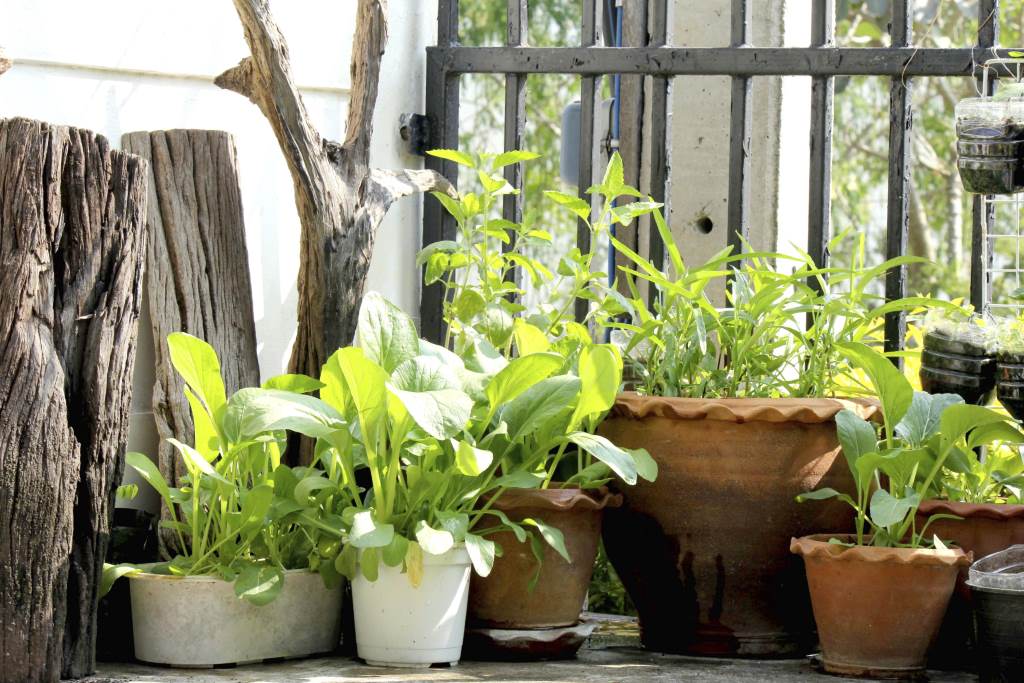
The idea of plants swaying and thriving to a catchy tune makes for a charming scene. You may have heard that playing music for plants can enhance growth, but does this hold any scientific truth? The answer, it seems, is a little more complex than a simple ‘yes’ or ‘no’. Let’s delve into what studies say, and how you can consider the effects of sound in your own gardening adventures.
The Power of Vibration
Plants can perceive the world around them in ways we often overlook. One sense they possess is an ability to detect vibrations, including those created by sound waves. These vibrations travel through the air, the soil, and even the plant itself. Plants respond to a wide range of frequencies, some inaudible to the human ear.

Science on Sound: Studies and Findings
Since the 1960s, various experiments have explored how plants react to music. Results have been mixed and some older studies have faced scrutiny for their methodology. Nonetheless, there are intriguing findings suggesting sound plays a subtle role in plant development:
- Growth Response: Some research indicates that plants exposed to certain types of music may exhibit slightly faster growth rates, larger leaves, or earlier flowering compared to plants grown in silence.
- Genre Debate: Studies have had inconsistent results, making it difficult to endorse a specific music genre as best for plants. Classical and mellow music often seem to provide a slight benefit, while ‘harsh’ genres like heavy metal may have lesser benefit or sometimes induce stress.
- The Vibration Factor: Researchers suggest that the vibrational aspect of sound, rather than the ‘melody’ itself, may be the key factor influencing plant reactions.
Why Might Music Matter?
While not a magic potion for supercharged growth, here’s how sound could subtly benefit your plants:
- Cellular Stimulation: Sound vibrations could stimulate movement within plant cells. This movement, in turn, might affect how nutrients and growth hormones flow within the plant, influencing development.
- Environmental Mimicry: In the wild, plants experience a continuous barrage of natural sounds like wind rustling, birdsong, and flowing water. Some researchers hypothesize that certain music may recreate elements of this ‘sonic background’ that are otherwise missing in an indoor setting.
- Positive Gardener = Positive Plants: If you love tending to your plants while listening to music, your happy demeanor and increased attention to care might indirectly benefit your plants more than the music itself!
Read Also: String of Pearls Plant Care
Gardening with Music: Tips and Considerations
If you want to experiment with music in your garden, here are some things to keep in mind:
- Volume Matters: Blastingly loud music is likely more stressful than beneficial. Opt for a gentle, background sound level.
- Variety is Key: There’s no evidence to suggest one musical genre is universally superior. Experiment with different styles and observe any changes in your plants.
- Observation is Essential: Each plant is unique. Don’t assume music will create an overnight miracle. Instead, be a keen observer of whether any subtle changes occur with exposure to sound.
- Beyond Music: Ensure that all other care factors like sunlight, water, and nutrients are optimal. Music alone won’t make a neglected plant thrive.
The Verdict: Music as a Gentle Supplement
Think of music as a potential ‘bonus,’ not as a substitute for fundamental plant care. It likely has small but intriguing effects on how plants grow and perceive their environment. Science hasn’t yet delivered all the answers about sound and plant life, making this an open, exciting realm for further study.
So, turn on a tune for your favorite houseplant or your budding vegetable patch. While you might not witness a tango-ing tomato plant, you could just set the stage for a subtly healthier, more harmonious garden space!





